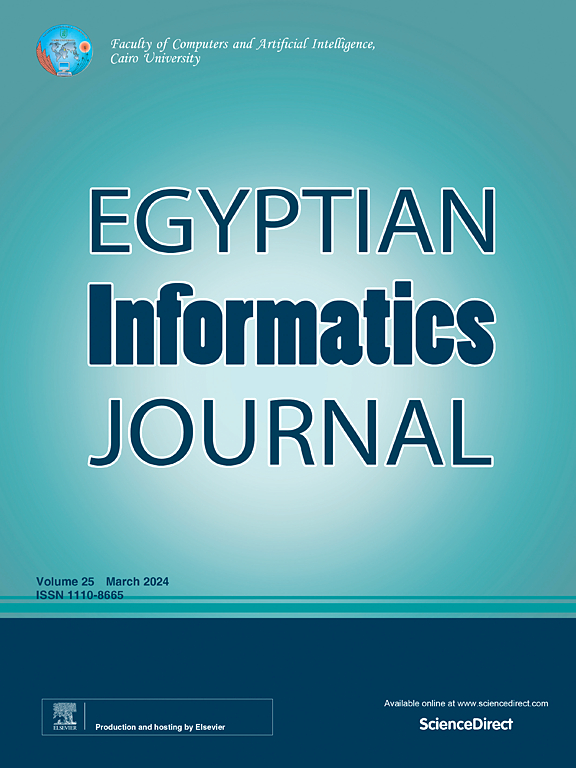加强马来西亚国内生产总值的估计:调查和比较分析中的先进高斯过程
IF 4.3
3区 计算机科学
Q1 COMPUTER SCIENCE, ARTIFICIAL INTELLIGENCE
引用次数: 0
摘要
了解国内生产总值(GDP)对于有效规划和预测经济发展至关重要,包括在马来西亚。本研究旨在利用先进的高斯过程(GPs)提高马来西亚的GDP估计。建立了3种单核GPs模型和3种含新核成分的高级GPs模型,并采用4种传统回归模型进行对比分析。随后,在三种不同的情况下,将表现最好的gp和回归模型应用于GDP预测。本研究评估了几个指标来衡量GDP模型和预测的预测准确性。结果表明,在GPs模型中,平方指数- mat本文章由计算机程序翻译,如有差异,请以英文原文为准。
Enhancing Malaysia’s gross domestic product estimation: advanced Gaussian processes in investigative and comparative analyses
Understanding gross domestic product (GDP) is crucial for effective planning and anticipating economic developments, including in Malaysia. This study aimed to enhance Malaysia’s GDP estimation using advanced Gaussian processes (GPs). Three single kernel GPs models and three advanced GPs models with new kernel compositions were developed for GDP modeling, and four traditional regression models were employed for comparative analysis. The top-performing GPs and regression models were subsequently applied for GDP forecasting in three different cases. This study evaluated several metrics to measure the predictive accuracy in GDP modeling and forecasting. The metrics revealed that squared exponential-Matérn 3/2 (SE-Matérn) GPs model produced the smallest deviations with more stable error trend among the GPs models and better confidence interval coverage, while quadratic model obtained the highest coefficient of determination. For GDP forecasting, the analysis indicated that the SE-Matérn GPs model performed strongly in Case 1. However, in Cases 2 and 3, it showed larger deviations compared to quadratic model, though the absolute percentage error difference remained within 1.5%, showcasing the model’s dependable forecasting ability. These findings indicated that the advanced GPs model can effectively estimate Malaysia’s GDP during period of decline due to its flexibility and non-parametric nature.
求助全文
通过发布文献求助,成功后即可免费获取论文全文。
去求助
来源期刊

Egyptian Informatics Journal
Decision Sciences-Management Science and Operations Research
CiteScore
11.10
自引率
1.90%
发文量
59
审稿时长
110 days
期刊介绍:
The Egyptian Informatics Journal is published by the Faculty of Computers and Artificial Intelligence, Cairo University. This Journal provides a forum for the state-of-the-art research and development in the fields of computing, including computer sciences, information technologies, information systems, operations research and decision support. Innovative and not-previously-published work in subjects covered by the Journal is encouraged to be submitted, whether from academic, research or commercial sources.
 求助内容:
求助内容: 应助结果提醒方式:
应助结果提醒方式:


